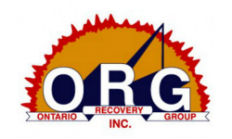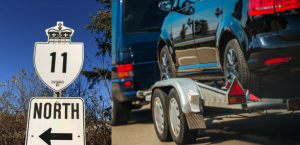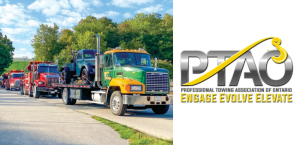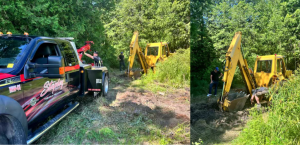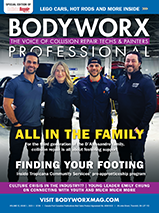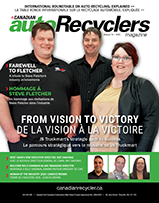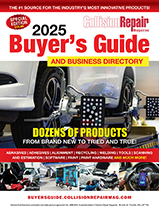Toronto, Ontario — September 27, 2017 — The Ontario Trucking Association (OTA), the Ontario Recovery Group (ORG) and government officials continue to develop proposals to improve how commercial vehicles involved in collisions are removed from major highways in a cost-effective and professional way.
One positive outcome of these discussions is a proposal for a joint action plan by the ORG and OTA to introduce a web app-based electronic call system for incidents on the 400 series highways.
The “Uber-like” call system would allow police and enforcement officials to quickly call to the accident scene the closest available approved tow truck operator in the system or the carrier’s contracted tow-recovery company. To gain access to the app, recovery companies and their drivers would have to be approved, properly qualified and receive training that is developed and approved by ORG and government officials.
Furthermore, the app would provide collision details, including the cost to perform the recovery and clean-up, as well as track the time it takes to clear the incident.
“OTA and ORG firmly believe this partnership between stakeholders utilizing modern, app-based tools will go a long way toward improving highway safety, removing unnecessary inefficiencies currently plaguing highway incident management and restoring consumer protection for trucking companies who require roadside assistance or recovery,” said OTA Chair Steve Ondejko.
The critical element of the program would require the creation of a review committee made up of public and private sector stakeholders.
The committee would review data reports generated by the system to ensure it functions properly as well as ascertain whether any tow companies are breaching the policy conditions.
Earlier this year the OTA launched a campaign to examine the billing practices of heavy recovery companies operating in the province. OTA collected heavy-duty recovery invoices and descriptions of paid services from carrier memberships between 2016 and summer 2017 for. OTA then compared the various invoices based on geographical regions to the types of services and recovery companies’ published heavy-duty recovery rates for the services performed.
The original goal of the campaign was to monitor and educate OTA members on the marketplace and general landscape of recovery rates based on service and region of activity. Furthermore, if OTA could identify irregularities among certain tow operators by region, the association could use the information to hold informed discussions with the Ontario Provincial Police, Ministry of Government and Consumer Services and the Ministry of Transportation.

